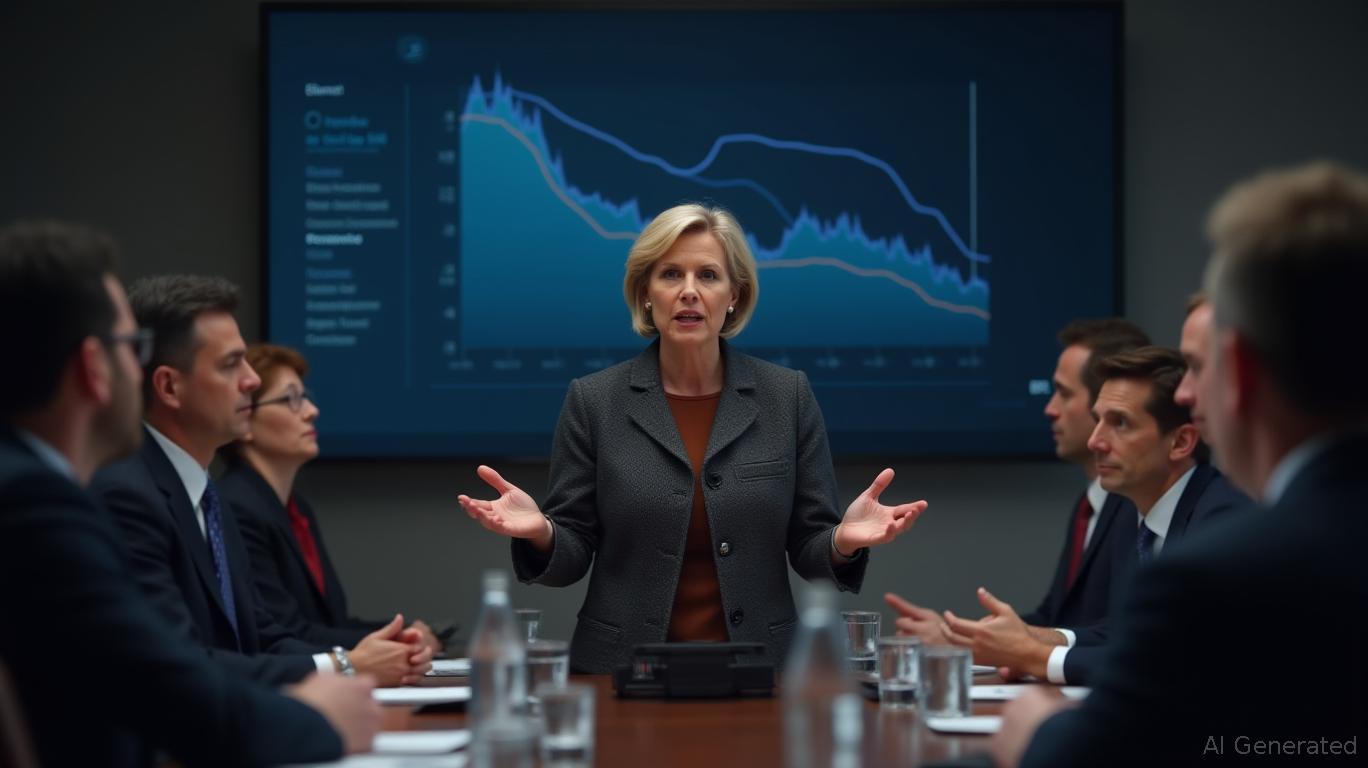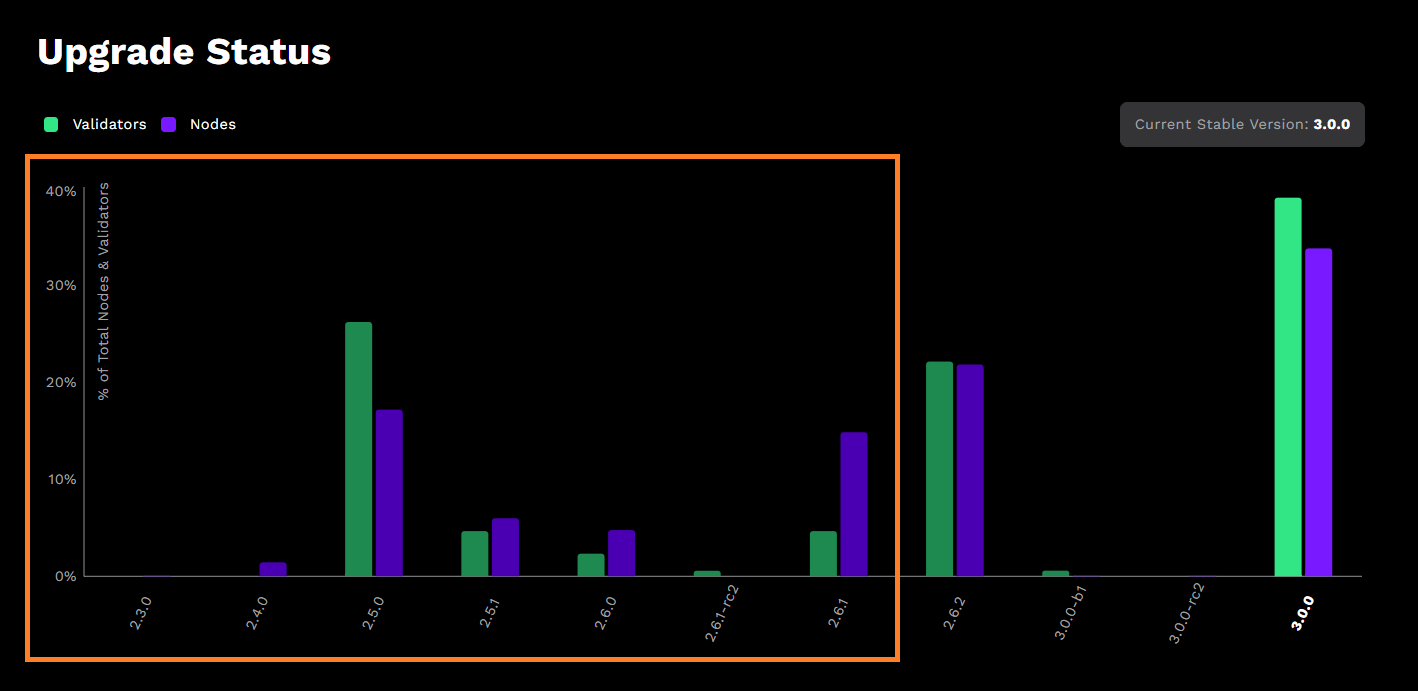Fed Faces QT Challenge: Balancing Stability and Inflation Amid Renewed 2019 Concerns
- JPMorgan and BofA predict the Fed will end its QT program this month due to rising liquidity strains and falling bank reserves. - Shrinking reserves near $3 trillion risk replicating the 2019 repo crisis, prompting a policy pivot to stabilize financial markets. - Markets anticipate prolonged accommodative policy, with equity gains and low Treasury yields signaling expectations of QT pause. - The Fed faces balancing inflation control (2.9% core rate) against fiscal challenges and a fragmented economic rec
JPMorgan Chase & Co. and
Launched in 2022, the Fed’s QT approach lets Treasuries and mortgage-backed securities mature without reinvesting the proceeds, effectively pulling liquidity from the financial system. But as the overnight reverse repo facility has shrunk—from a peak of $2.3 trillion to just $4 billion—the strain of liquidity withdrawal has shifted to bank reserves,

The expected pause in QT comes amid broader economic uncertainty. Although inflation remains above the Fed’s 2% goal, worries about a potential “liquidity trap” have grown. Powell has stressed the importance of avoiding past mistakes, referencing the 2019 market disruption as a warning, according to Money Metals. The move also signals a shift in the Fed’s balance sheet strategy, now favoring Treasury holdings over mortgage-backed securities to streamline reserve management, Advisor Perspectives reports.
Markets have already responded to these developments. Stock indexes climbed after Powell’s comments in mid-October, while yields on 10- and 30-year Treasuries dropped to multi-month lows, reflecting expectations for a longer period of easy monetary policy, MarketMinute said. Sectors that are sensitive to borrowing costs, such as technology and real estate, stand to gain from lower long-term rates, while financial firms may see profit margins squeezed as net interest margins narrow, MarketMinute added. On the other hand, pausing QT could help stabilize funding markets, indirectly supporting loan growth and business borrowing over time, according to JPMorgan Asset Management.
The Fed’s shift highlights a broader change in its approach to monetary policy. Unlike previous tightening cycles, today’s environment is marked by a divided economy, with wealthier households and large corporations showing more resilience than lower-income groups, MarketMinute noted. The central bank’s emphasis on “ample reserves” now faces new challenges from fiscal issues, including a national debt that has surpassed $38 trillion—a record high amid recent government shutdown threats, as reported by
Looking forward, the Fed’s actions will depend on how well it can balance controlling inflation with maintaining financial stability. JPMorgan’s Teresa Ho and BofA’s Mark Cabana note that ending QT in October would represent one of the quickest policy shifts in recent memory, BlockNews reported. Still, obstacles remain: core inflation is at 2.9%, and concerns about credit quality in regional banks and private markets persist, MarketMinute said. Most economists expect a “soft landing,” where supportive policy fosters growth without reigniting inflation.
Disclaimer: The content of this article solely reflects the author's opinion and does not represent the platform in any capacity. This article is not intended to serve as a reference for making investment decisions.
You may also like
European Central Bank Completes Preparations for the Digital Euro, Aiming for a 2026 H2 Launch
XRP Ledger Upgrade Locks Out Almost Half Of Outdated Nodes

TikTok agrees to deal to cede control of U.S. business to American investor group